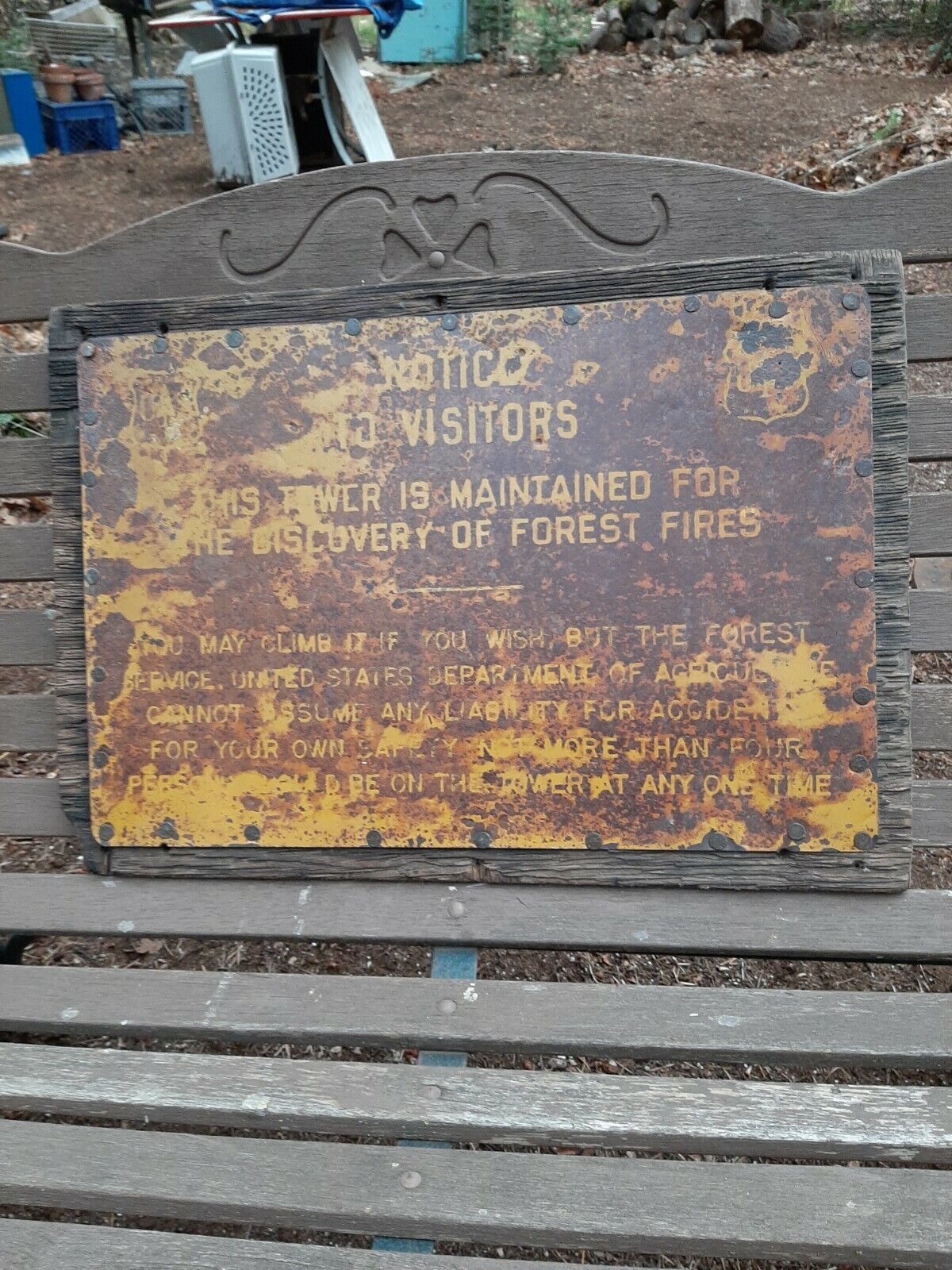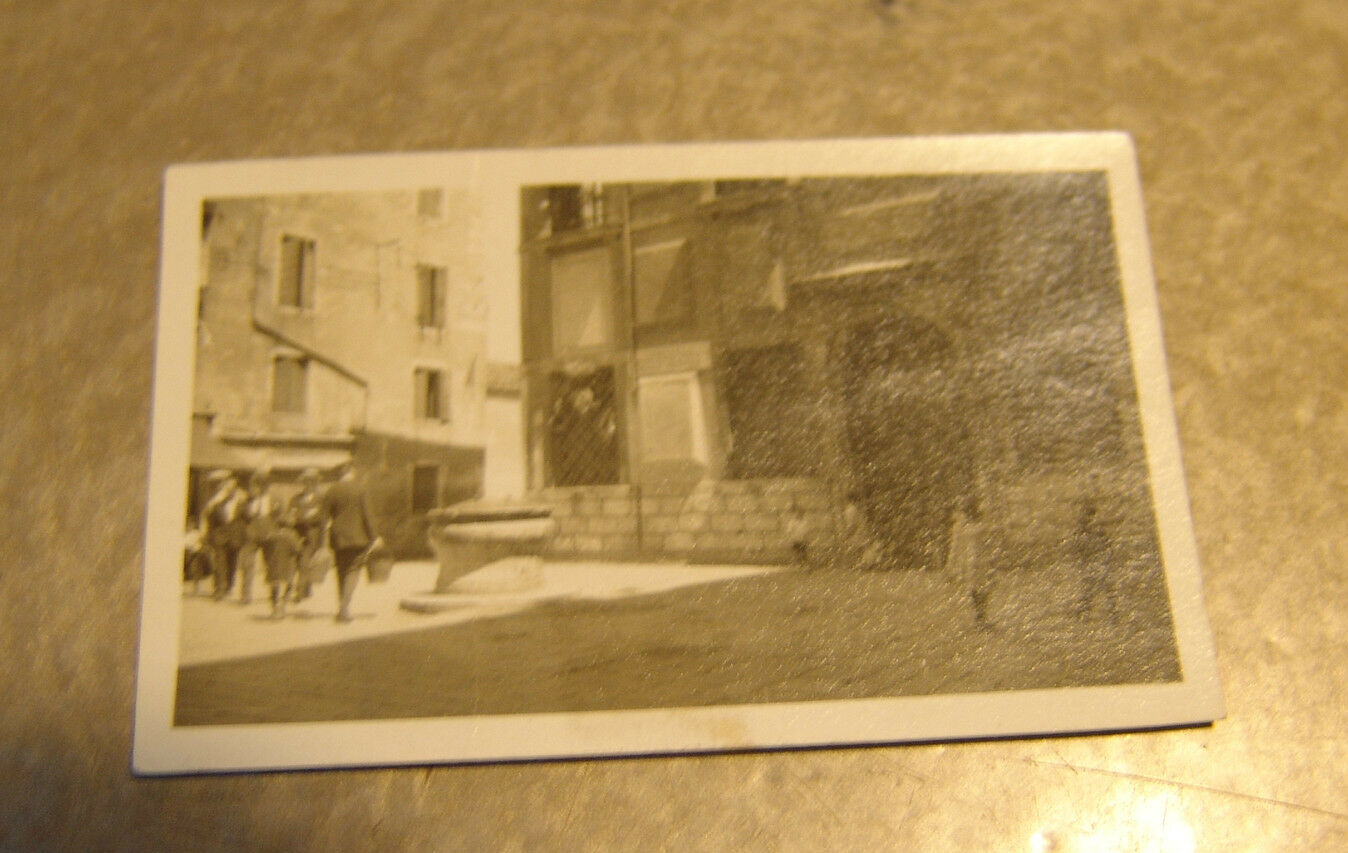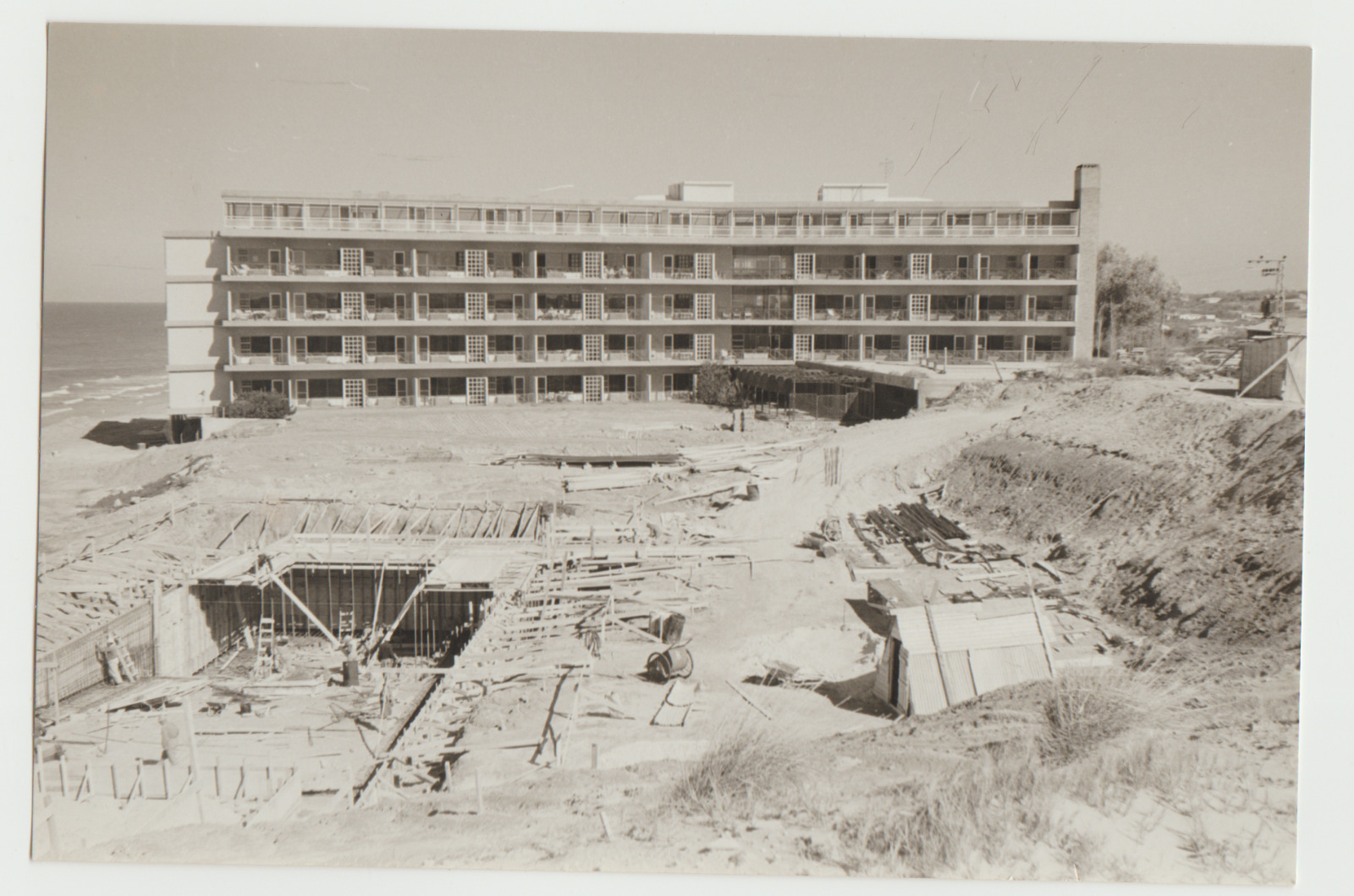-40%
1950 JASCHA HEIFETZ Program VIOLIN RECITAL Bruch DEBUSSY RAVEL RACHMANINOFF
$ 60.72
- Description
- Size Guide
Description
DESCRIPTION:
Here for sale is a Judaism - Judaica original RECITAL PROGRAM of the renowned JEWISH VIOLINIST Jascha HEIFETZ . The VIOLIN RECITAL took place in 1950 in ISRAEL. The accompanist was Emanuel Bay. HEIFETZ played pieces by FRANCK , BRUCH , DEBUSSY, ACHRON , RAVEL , MEDTNER, RACHMANINOFF ( Last 3 pieces Transcribed by JH) , ROSINNI CASTELNUOVO-TEDESCO . Hebrew & English. Folded once. 8.5
x 12 " ( While opened ).
G
ood condition . Clean. Age tanning of paper. Folding line reinforced .( Pls look at scan for accurate AS IS images ) Will be sent inside a protective rigid packaging .
PAYMENTS
: Payment method accepted : Paypal
& All credit cards
.
SHIPPMENT
:SHIPP worldwide via registered airmail is $ 25 . Will be sent inside a protective packaging
.
Will be sent around 5 days after payment .
Heifetz, Jascha (Iossif Robertovich), great Russian-born American violinist; b. Vilnius, Feb. 2, 1899; d. Los Angeles, Dec. 10, 1987. His father, Ruben Heifetz, an able musician, taught him the rudiments of violin playing at a very early age; he then studied with Ilya Malkin at the Vilnius Music School, and played in public before he was 5 years old; at the age of 6, he played Mendelssohn's Concerto in Kovno. In 1910 he was taken by his father to St. Petersburg, and entered the Conservatory there in the class of Nalbandian; after a few months, he was accepted as a pupil by Leopold Auer. He gave his first public concert in St. Petersburg on April 30, 1911. The following year, with a letter of recommendation from Auer, he went to Berlin; his first concert there (May 24, 1912), in the large hall of the Hochschule für Musik, attracted great attention: Artur Nikisch engaged him to play the Tchaikovsky Concerto with the Berlin Philharmonic (Oct. 28, 1912), but his appearance proved uneventful. He then decided to continue his studies with Auer in St. Petersburg and in Germany. While visiting Auer in Norway in 1916, he played in a joint concert with Toscha Seidel before the king and queen of Norway. After the Russian Revolution of 1917, he went to America, by way of Siberia and the Orient. His debut at Carnegie Hall in N.Y. (Oct. 27, 1917) won for him the highest expression of enthusiasm from the public and in the press. Mischa Elman, the prime violinist of an older generation, attended the concert in the company of the pianist Leopold Godowsky. When Elman complained that it was too hot in the hall, Godowsky retorted, "Not for pianists." Veritable triumphs followed during Heifetz's tour of the U.S., and soon his fame spread all over the world. He made his first London appearance on May 5, 1920; toured Australia (1921), the Orient (1923), Palestine (1926), and South America. He revisited Russia in 1934, and was welcomed enthusiastically. He became a naturalized American citizen in 1925, and made his home in Beverly Hills, Calif. Heifetz made regular tours throughout the world, appearing not only with the foremost orchestras but as a recitalist. As a chamber music artist, he played in trios with Rubinstein and Feuermann, and later with Pennario and Piatigorsky. He taught classes of exceptionally talented pupils at the University of Southern Calif. in Los Angeles (1962-72). In 1974 he made his last public appearance and thereby brought to a close one of the most extraordinary violin careers in history. The Olympian quality of Heifetz's playing was unique in luminous transparency of texture, tonal perfection, and formal equilibrium of phrasing; he never allowed his artistic temperament to superimpose extraneous elements on the music; this inspired tranquillity led some critics to characterize his interpretations as impersonal and detached. Heifetz made numerous arrangements for violin of works by Bach, Vivaldi, and contemporary composers; his most famous transcription is "Hora Staccato" by Grigoraş Dinicu, made into a virtuoso piece by adroit ornamentation and rhythmic elaboration. In his desire to promote modern music, he commissioned a number of composers (Walton, Gruenberg, Castelnuovo-Tedesco, and others) to write violin concertos for him and performed several of them.
More than a century after his public debut, the name Jascha Heifetz continues to evoke awe and excitement among fellow musicians. In a performing career that spanned 65 years, he established an unparalleled standard of violin playing to which violinists around the world still aspire. The day after the 19-year-old Heifetz’s London debut, George Bernard Shaw wrote him a now legendary letter. “If you provoke a jealous God by playing with such superhuman perfection,” Shaw warned, “you will die young. I earnestly advise you to play something badly every night before going to bed, instead of saying your prayers. No mortal should presume to play so faultlessly.” Heifetz is widely considered to be one of the most profoundly influential performing artists of all time. Born in Vilnius, Lithuania — then occupied by Russia — on February 2, 1901, he became a U.S. citizen in 1925. Fiercely patriotic to his adopted country, he gave hundreds of concerts for Allied service men and women during World War II, including tours of Central and South America, North Africa, Italy, France, and Germany, often playing from the back of a flatbed truck in dangerous conditions. In 1928, he published the first of dozens of acclaimed violin transcriptions. Many, including his arrangements of selections from Gershwin’s “Porgy and Bess,” are now part of the standard repertoire. Using the pseudonym Jim Hoyl, he even wrote a pop song that became a hit in 1946. In his later years, Heifetz became a dedicated teacher and a champion of causes he believed in. He led efforts to establish “911” as an emergency phone number, and crusaded for clean air. He and his students at the University of Southern California protested smog by wearing gas masks, and in 1967 he converted his Renault passenger car into an electric vehicle. As a result of his vast recorded legacy, Heifetz’s violin playing is no less influential today than it was in his lifetime. To legions of violinists he remains, quite simply, “The King.” ebay1376














